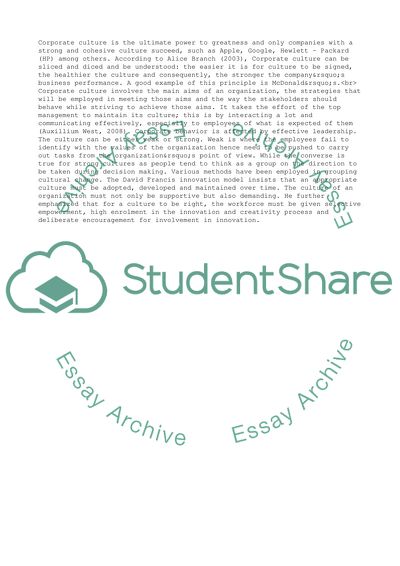Cite this document
(“Importance of Inspirational Leaders, Well-Organised Human Resource Research Paper”, n.d.)
Importance of Inspirational Leaders, Well-Organised Human Resource Research Paper. Retrieved from https://studentshare.org/management/1544904-essays
Importance of Inspirational Leaders, Well-Organised Human Resource Research Paper. Retrieved from https://studentshare.org/management/1544904-essays
(Importance of Inspirational Leaders, Well-Organised Human Resource Research Paper)
Importance of Inspirational Leaders, Well-Organised Human Resource Research Paper. https://studentshare.org/management/1544904-essays.
Importance of Inspirational Leaders, Well-Organised Human Resource Research Paper. https://studentshare.org/management/1544904-essays.
“Importance of Inspirational Leaders, Well-Organised Human Resource Research Paper”, n.d. https://studentshare.org/management/1544904-essays.


